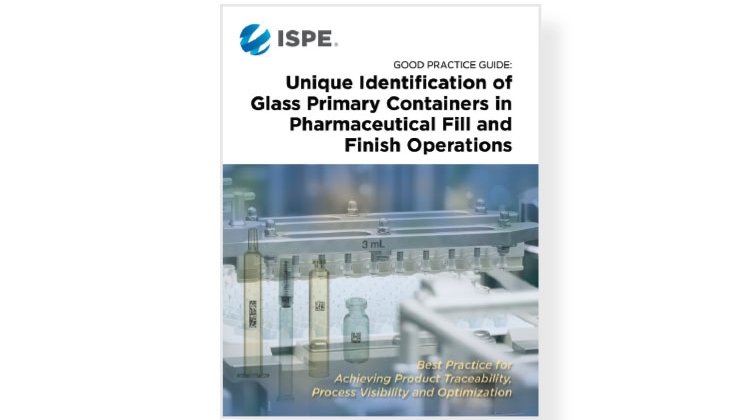Many current challenges facing the pharmaceutical industry revolve around increased product complexity, reduced batch sizes, and higher flexibility requirements. The challenges are coupled with increased requirements for product traceability, both internally and by regulatory bodies.
Additionally, as the industry moves toward a continuous manufacturing process model, it is more challenging to define the production stage at which something began to go wrong. Unique identifiers (UID) tags—radio frequency identification (RFID) or 2D barcodes—that are placed on the glass containers (e.g., vials, syringes, and cartridges) of sterile pharmaceutical products can help address these issues. This is because they enable traceability at the individual container level.
“A UID can help manufacturers pinpoint exactly where something went wrong with a batch production” said Guide Co-Lead Alessandro Pelizzi, Associate Manager, LifeBee. “With a UID, a manufacturer could more precisely pinpoint where the issue began and would only have to get rid of that portion of the batch. This could contribute to increased efficiency and eliminate waste, fight the drug shortage problem, improve the ESG [environmental, social, and governance] performance, and, of course, save money in the long run.”
Members of ISPE’s Supply Chain, Operations, and Packaging Excellence (SCOPE) Community of Practice (CoP) wanted to research the industry’s knowledge of and interest in UIDs after the technology was developed by industry stakeholders. In February 2021, ISPE published a discussion paper written by the SCOPE CoP team. This paper included the team’s research and asked readers to provide feedback on the issues and challenges that could occur if uniquely identified primary containers for parenteral products were implemented in manufacturing operations.
“We received a lot of feedback on the discussion paper from all across the industry, but one thing that became very apparent was that the industry needed some guidance on the best practices for implementing this technology,” said Guide Co-Lead Tod Urquhart, Executive Industry Adviser, Eagas. “The team that wrote the guide included professionals from different parts of the pharmaceutical industry, including supply chain experts and companies who are beginning to implement this technology.”





